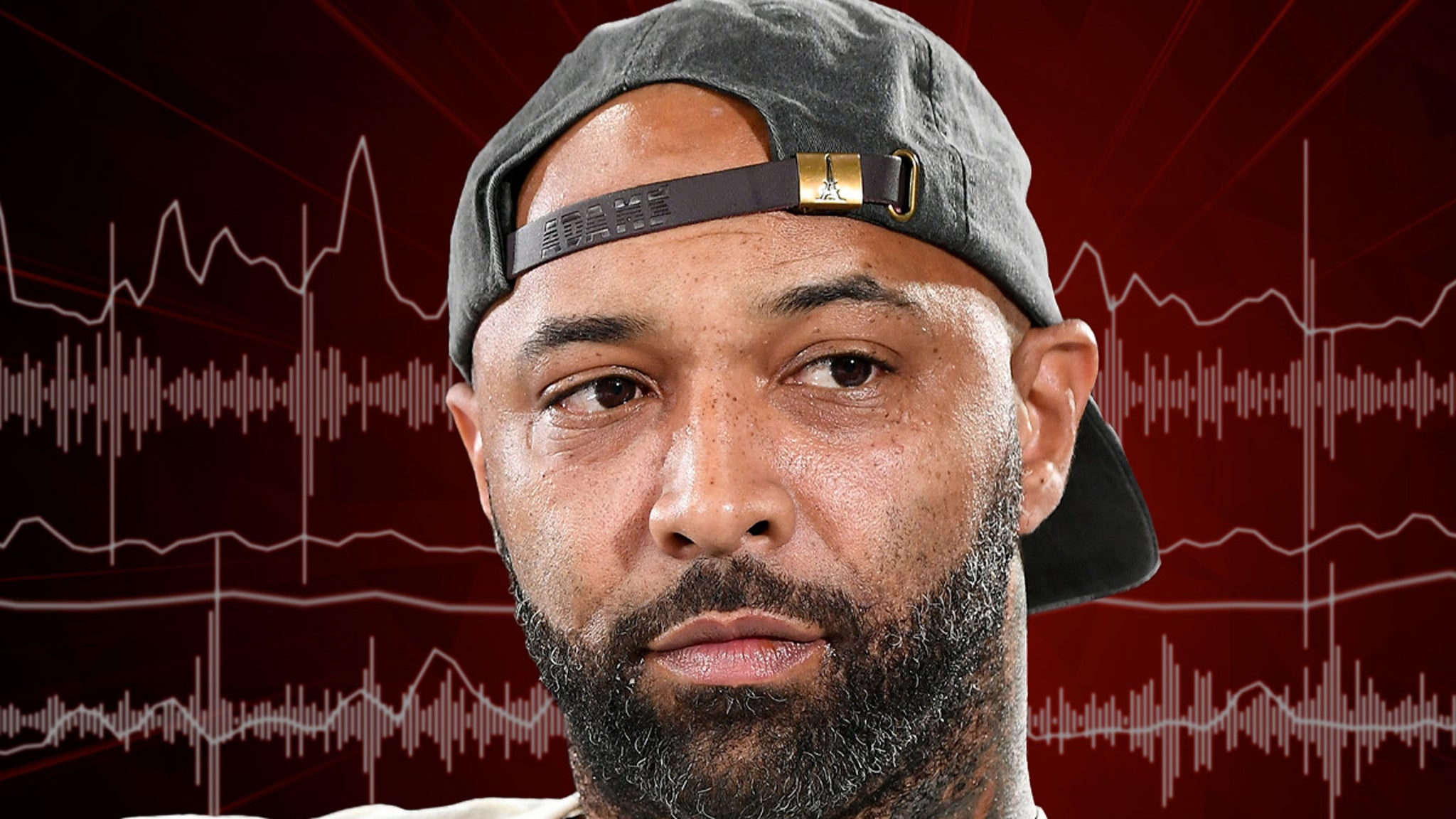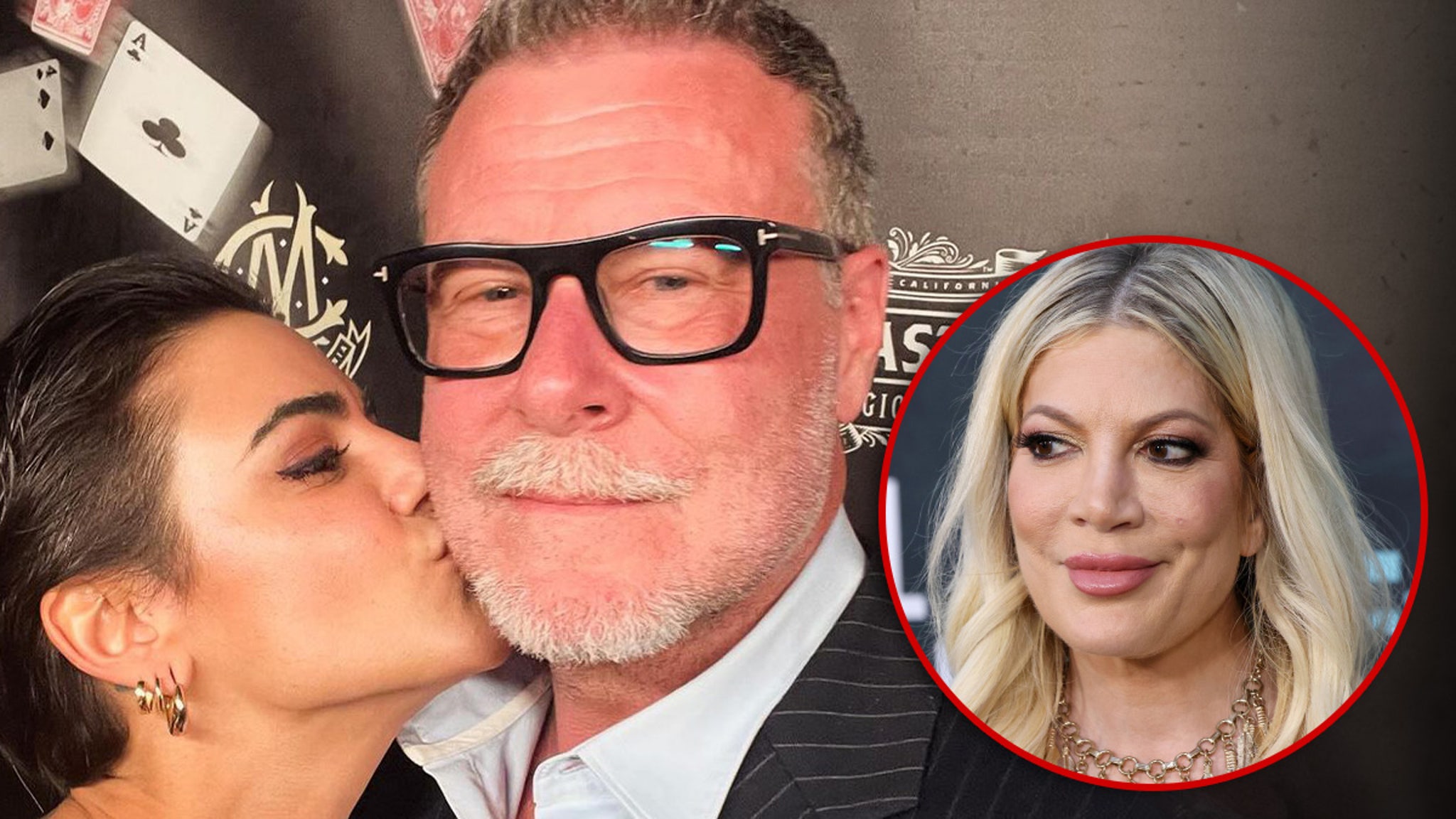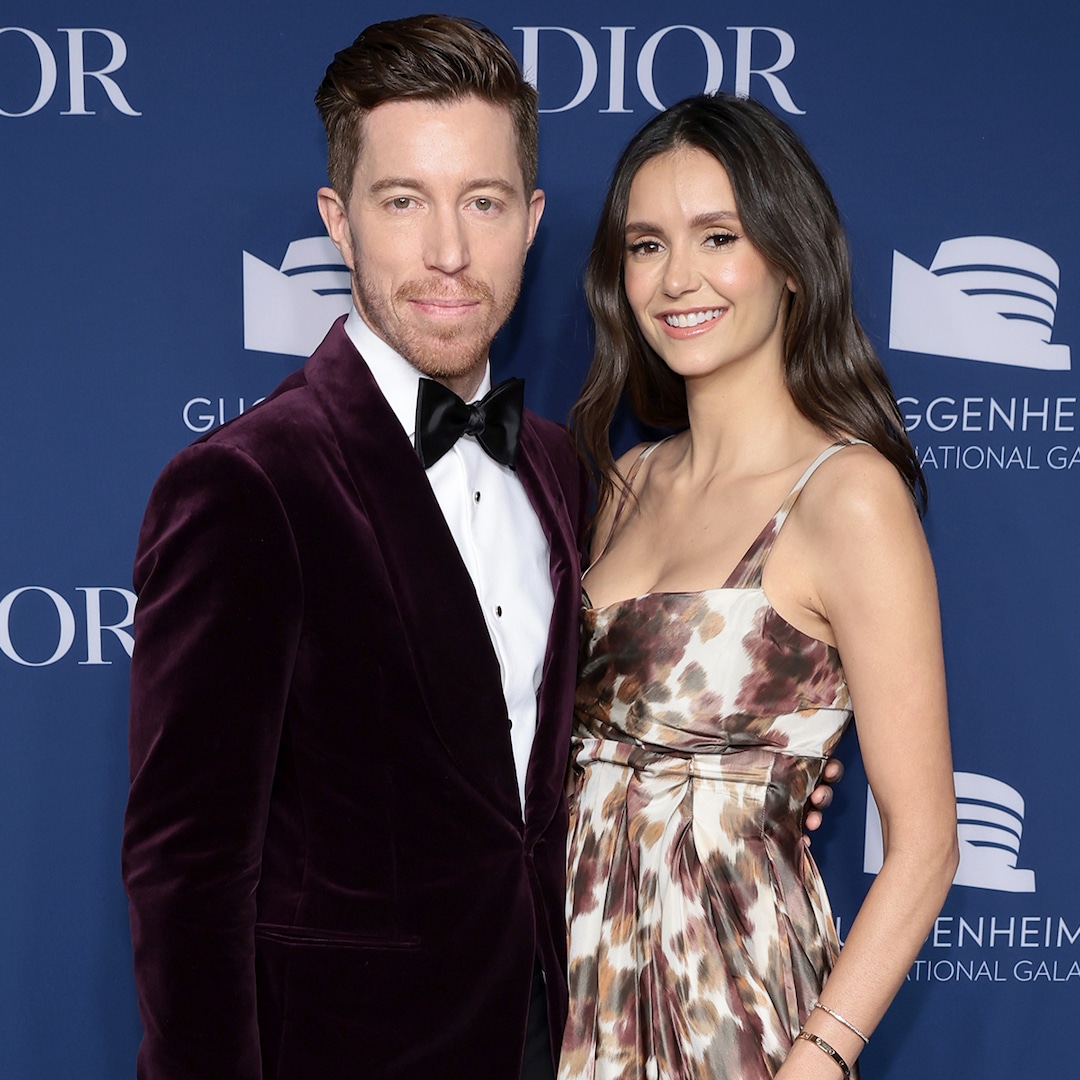Culture
Improv Is Making a Comeback in New York

Improv comedy became so influential in the first two decades of this century that you could make an argument it mattered more to popular culture than stand-up.
Lines regularly ran down the block outside Upright Citizens Brigade. Students who once would have studied Method acting took classes in “Yes, and.” The author Sam Wasson described it as “America’s most popular art,” and its major theaters were training grounds for stars like Tina Fey, Jordan Peele and Stephen Colbert.
Then, all of a sudden, the boom went bust. The pandemic hurt every live art, but arguably none more than improv. Not only did struggles force the sale of three of its biggest institutions (Second City, iO and U.C.B.), but the prestige surrounding the form faded as criticism mounted over business models built on free labor and racist treatment of artists. The title of the new book “Winging it: Improv’s Power and Peril in the Time of Trump” captures its new mixed reputation.
But with a flurry of improv theaters opening or moving into new homes in this city, one of the major questions hovering over comedy today is: Can improv make a comeback?
“Second City” began as a New Yorker’s insult, then became a Chicago institution, so its arrival in Brooklyn is a return home of sorts. Not only is its vast Williamsburg complex fancier than any other improv house in town — the Manhattan Theater Club to everyone else’s La MaMa — but its first revue represents an aesthetic shift and possibly a changing of the guard.
“Ruthless Acts of Kindness,” a frenetically entertaining, talent-rich showcase, directed by Jen Ellison with an emphasis on speed and gusto, introduces Second City-style sketch into the cultural diet. There’s improv, some inspired by audience participation, often used in call backs. But it’s overshadowed by punchy, tightly scripted sketch work, dominated by broad comic characters like finance bros singing about doing cocaine and murdering interns, or suicidal society ladies.
Integrating dance, song, juggling, mime and the kitchen sink, it’s a hustling, desperate-to-please entertainment. Among its highlights is a scene where a polite encounter between a coffee shop customer (Ben Rameaka) and a barista (Jacklyn Uweh) escalates into competitive gratitude, each trying to one-up the other in pleasantries. There are some satirical shots at Mayor Eric Adams’s policy of boosting security in the subways, including a double act of blustery police officers (Yazmin Ramos and Uweh) who are obsessed with arresting someone for the minor offense of jumping the turnstiles.
But this show is less about coherent social commentary than jokes. Some scenes are very short, like one where all the cast members pat each other on the butt in celebration like football players, then all but one leave, and she smells her fingers with shameful glee. The longest, a spoof on the British detective genre that’s heavy on goofy accents, leans on crowd work.
The performances stand out more than the material. I could see how these revues could become a target for bookers from “Saturday Night Live.” Ashley Blair, a whirligig of comic energy, is one of those actors whose oddball physicality and spit-second intensity make every scene funnier. Drew Reilly, who plays everything from a football coach to a bitchy gay dancer, hints at Jim Carrey ambitions. Jordan Savusa is a glue guy of the group, providing some much-needed stability and deadpan amid the organized chaos.
There’s a certain anxious energy in this show, an impatience with character development or subtle laughs. Most sketches end in shouting. It’s why one quieter, finely delivered torch song by Uweh, about the exhaustion of a newcomer to the city, comes as a relief.
SECOND CITY’S CO-FOUNDER Bernie Sahlins argued that improv was not an end in itself but a tool to build work. The guru Del Close, who (along with Charna Halpern) helped start a competing Chicago theater, iO, disagreed. Close’s spirit long animated New York improv, especially the Upright Citizens Brigade, which named its annual festival after him. In the most dramatic loss for the art form in New York, U.C.B. closed during the pandemic. It reopened this week in a new space on 14th Street (in what it’s calling previews) and is part of a reshuffling of the scene.
To get a full sense of this reshuffling, I embarked on a one-week binge of improv shows at intimate, unpretentious theaters around the city. Many U.C.B. members have moved to the Lower East Side theater Caveat, where some weekly long-form improv shows like “Raatscraps,” a Sunday night staple, and “And Scene,” which matches actors with improvisers, are inspired by old U.C.B. hits. The Pit moved out of its longtime home and has been replaced by Asylum NYC. The most inventive show I saw was at the Magnet: “The Armando Diaz Experience,” which bills itself as “the longest-running improv show ever,” dating back to the mid-1990s.
The “Armando,” performed every Saturday, always begins with a monologue, and at a recent show it was about a connection made on the internet that led a decade later to a real-life relationship. The team of improvisers built patient scenes off this moving story, which made daring shifts in perspective, from the real world to secret worlds, inside and outside of bodies. There was a playfulness to the creativity, bold choices that verged on reckless that wouldn’t make the transition to a script.
My weeklong journey included a couple of shows in Brooklyn, where the improv scene has grown since the pandemic. After seeing the revue at Second City, I took a 10-minute ride across Williamsburg to the Brooklyn Comedy Collective. Its artistic director, Philip Markle, who founded it in 2018, has done creative work building an audience around a dizzying array of shows. He recently announced a “sister theater” partnership between B.C.C. and iO in Chicago which includes exchanges of shows and classes. This means that in one neighborhood in Brooklyn you can now find traces of the longtime Chicago rivalry of Second City and iO.
The Brooklyn Comedy Collective’s 10 p.m. show, “Demon Time,” was the right mix of scrappy and chaotic. The venue was packed and the audience members were decades younger than the crowd at Second City. The concept of the show was that cast members brought a premise to work with scene partners, who would improvise the rest. That was enough to incorporate a few wigs and props, but the heart of these scenes was a crowded stage of comedians listening closely to one another, feeling out scenes slowly. Occasionally an idea would emerge — like a basketball player who was deeply upset by her mistake when she was called for a foul — that provided grist for some good jokes. It went on a little long, but as you watched, the crowd began getting invested not just in the joke but how it would build.
That spirit was the common thread throughout the week of performances. All the shows I saw were either sold out or close to it. Crowds roared at even flat comedy. I can’t say I saw a new golden age, but what was there was a hunger for live comedy generated on the spot. Improv comedy is by its nature going to be less funny and consistent than scripted work, but its appeal is also different. You suspend your disbelief in a great play, but in engaging improv, you find yourself imagining the mind of the performer, thinking along with them. How will they raise the stakes? How will they make sense of this?
The core of its appeal is the opportunity to see the start of the creative act, the birth of a new idea. There’s an irreplaceable excitement in that. It’s why, I suspect, there’s so much activity now. The improv bust opened up opportunities not just for artists and theaters, but also for audiences. If improv booms again, wouldn’t you want to be there when it happens?





















